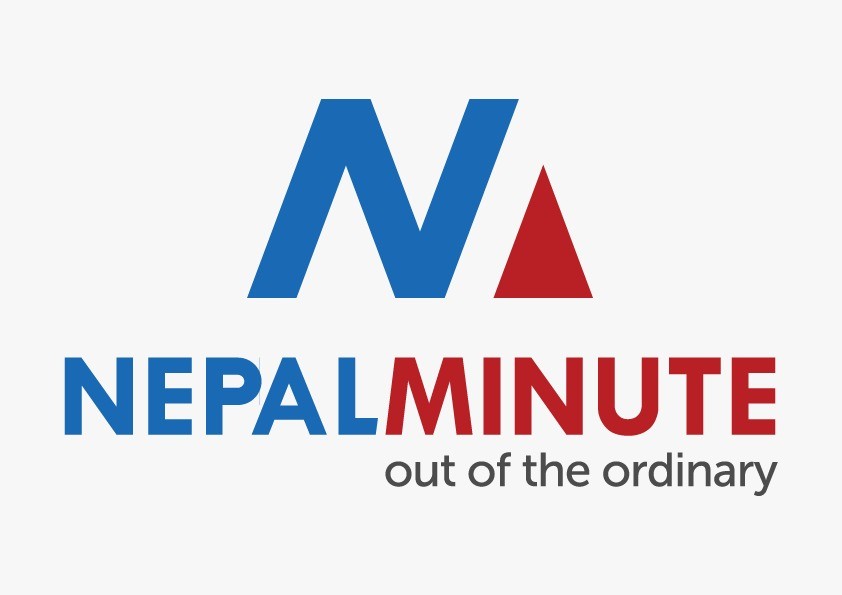Travel & Tourism

January and February are considered the off-season for tourism in Nepal. Tourism entrepreneurs say fewer visitors arrive during this time as most of the high mountain peaks are obscured by the winter fog.
According to them, Nepal's tourism has also been affected by the recent rise in costs, an increase in airfares, and the accident of Yeti Airlines.
"Hotel occupancy plummeted to below 15 per cent in February," said Sajan Shakya, general secretary of the Hotel Association of Nepal.
Indeed, January and February are often low-traffic months for tourism in Nepal, but as he pointed out, very few people visited the country during that time. "It may possibly because of the rise in prices triggered by the conflict between Russia and Ukraine.
More so, airfares have gone up, he said, adding that the Yeti Air tragedy has also affected tourism.
The industry is looking forward to March and April, which are often the busiest months for the tourism sector. Because of the mild temperatures, many tourists plan their trips for this season.
The number of Indian tourists usually goes up during May and June. The months of September, October, and November also attract many visitors.
There is a noticeable dip in occupancy in February, even in Pokhara –Nepal's most popular tourist destination.
"At present, the occupancy rate in Pokhara is only around 5-10 per cent," said Laxman Subedi, the president of the Hotel Association Pokhara. "The situation has not changed much since the Covid pandemic. The plane tragedy may have reduced the number of visitors.
As it is, tourism in Pokhara remains slow between the beginning of the year and the middle of March.
Subedi observed that this month saw a small increase in the number of visitors from schools and universities, despite a general decrease in the number of tourists from India and other countries.
The number of tourist arrivals by air in Pokhara has dropped by 70-80 per cent, he noted, attributing the slide to recent air crashes.
"Some people may have avoided taking a flight due to the high cost of tickets. Fear may have an impact for a while, but "this climate of fear will wane over time," he said.
Gyanendra Bista, a HAN central member and owner of Rainforest Hotel in Sauraha, reported fewer bookings from tourists for February.
"The occupancy rate of hotels in Souraha is only 15 per cent in February," he said.
According to him, the negative press in the wake of the Yeti Air tragedy may have harmed Nepal's tourism industry.
However, the crash did not affect Sauraha's tourism industry much because many Indian visitors arrived overland via the Birgunj and Sunauli crossings.
“European tourist numbers have dropped as a result of the Russia-Ukraine conflict. Chinese tourists dried up due to the Chinese government's restrictions after the resurgence of coronavirus there,” he said, explaining about the trend of Chinses visitors.
The Chinese New Year is typically celebrated between the last week of January and the first week of February. “A large number of Chinese tourists used to arrive around this time of the year,” he said.






